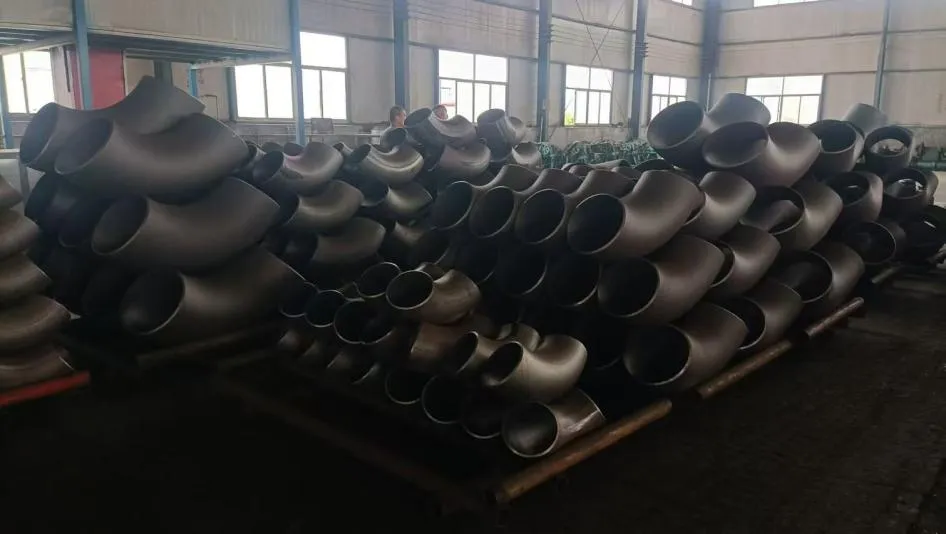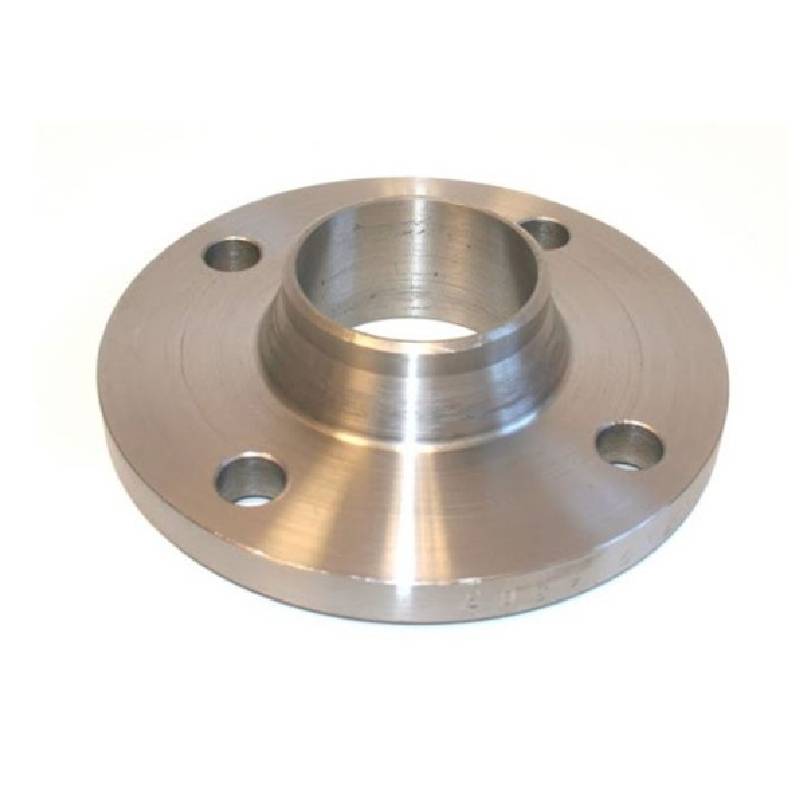-
Cangzhou Yulong Steel Co., Ltd.
-
Phone:
+86 13303177267 -
Email:
admin@ylsteelfittings.com
- English
- Arabic
- Italian
- Spanish
- Portuguese
- German
- kazakh
- Persian
- Greek
- French
- Russian
- Polish
- Thai
- Indonesian
- Vietnamese
- Zulu
- Korean
- Uzbek
- Hindi
- Serbian
- Malay
- Ukrainian
- Gujarati
- Haitian Creole
- hausa
- hawaiian
- Hebrew
- Miao
- Hungarian
- Icelandic
- igbo
- irish
- Japanese
- Javanese
- Kannada
- Khmer
- Rwandese
- Afrikaans
- Albanian
- Amharic
- Armenian
- Azerbaijani
- Basque
- Belarusian
- Bengali
- Bosnian
- Bulgarian
- Catalan
- Cebuano
- China
- China (Taiwan)
- Corsican
- Croatian
- Czech
- Danish
- Esperanto
- Estonian
- Finnish
- Frisian
- Galician
- Georgian
- Kurdish
- Kyrgyz
- Lao
- Latin
- Latvian
- Lithuanian
- Luxembourgish
- Macedonian
- Malgashi
- Malayalam
- Maltese
- Maori
- Marathi
- Mongolian
- Myanmar
- Nepali
- Norwegian
- Norwegian
- Occitan
- Pashto
- Dutch
- Punjabi
- Romanian
- Samoan
- Scottish Gaelic
- Sesotho
- Shona
- Sindhi
- Sinhala
- Slovak
- Slovenian
- Somali
- Sundanese
- Swahili
- Swedish
- Tagalog
- Tajik
- Tamil
- Tatar
- Telugu
- Turkish
- Turkmen
- Urdu
- Uighur
- Welsh
- Bantu
- Yiddish
- Yoruba

Jan . 09, 2025 13:58 Back to list
pipe types
In the realm of plumbing and construction, selecting the appropriate type of pipe is pivotal to ensuring the longevity and efficacy of the project. With an abundance of options available, each possessing distinct properties, the choice can be daunting. However, through a comprehensive understanding rooted in expertise and reliability, making an informed decision becomes achievable. This exploration into the diverse landscape of pipe types aims to bridge knowledge gaps and empower stakeholders in their selection process.
The evolution of plastic piping brings us to HDPE (High-Density Polyethylene) pipes, celebrated for their resilience and eco-friendliness. Their flexibility allows for installations over undulating terrain, and the lack of joints minimizes leakage points. HDPE's endurance across a vast temperature range, coupled with excellent chemical resistance, makes it a prudent choice for water, gas, and chemical transportation. Their use in trenchless technology reflects their forward-thinking design, suited for modern infrastructure demands. As these various pipe types are dissected, the influence of regulations and standards cannot be overlooked. Compliance with local building codes ensures that not only is safety upheld, but the integrity of the installation is maintained. Trustworthiness stems from meticulous adherence to these standards, with transparency throughout the selection and installation process. Lean on expertise to navigate the complexities of pipe selection. Consultation with seasoned professionals leverages their direct experience, affording a layer of authority often undiscovered through independent research. This collaboration fosters an environment of knowledge sharing, ensuring that projects are not only completed but excel in their function and form. In summation, the effective selection of pipe types hinges on acknowledging the distinctive merits of each material. Emphasizing experience, expertise, authority, and trustworthiness transforms potential confusion into clarity, empowering informed decisions that lay the foundation for enduring success.


The evolution of plastic piping brings us to HDPE (High-Density Polyethylene) pipes, celebrated for their resilience and eco-friendliness. Their flexibility allows for installations over undulating terrain, and the lack of joints minimizes leakage points. HDPE's endurance across a vast temperature range, coupled with excellent chemical resistance, makes it a prudent choice for water, gas, and chemical transportation. Their use in trenchless technology reflects their forward-thinking design, suited for modern infrastructure demands. As these various pipe types are dissected, the influence of regulations and standards cannot be overlooked. Compliance with local building codes ensures that not only is safety upheld, but the integrity of the installation is maintained. Trustworthiness stems from meticulous adherence to these standards, with transparency throughout the selection and installation process. Lean on expertise to navigate the complexities of pipe selection. Consultation with seasoned professionals leverages their direct experience, affording a layer of authority often undiscovered through independent research. This collaboration fosters an environment of knowledge sharing, ensuring that projects are not only completed but excel in their function and form. In summation, the effective selection of pipe types hinges on acknowledging the distinctive merits of each material. Emphasizing experience, expertise, authority, and trustworthiness transforms potential confusion into clarity, empowering informed decisions that lay the foundation for enduring success.
Next:
Latest news
-
ANSI 150P SS304 SO FLANGE
NewsFeb.14,2025
-
ASTM A333GR6 STEEL PIPE
NewsJan.20,2025
-
ANSI B16.5 WELDING NECK FLANGE
NewsJan.15,2026
-
ANSI B16.5 SLIP-ON FLANGE
NewsApr.19,2024
-
SABS 1123 FLANGE
NewsJan.15,2025
-
DIN86044 PLATE FLANGE
NewsApr.19,2024
-
DIN2527 BLIND FLANGE
NewsApr.12,2024
-
JIS B2311 Butt-Welding Fittings LR/SR 45°/90° /180°Seamless/Weld
NewsApr.23,2024











